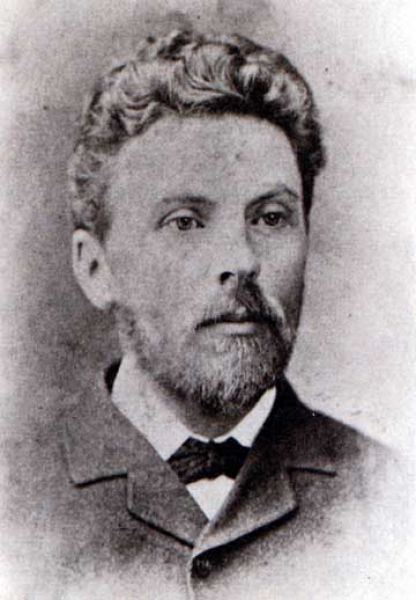Nationality Dutch | Name Johannis Rijke | |
 | ||
Died 1913, Amsterdam, Netherlands | ||
Johannis de rijke winter drydock at delfzijl netherlands
Johannis de Rijke (December 5, 1842 – January 20, 1913) was a Dutch civil engineer and a foreign advisor to the Japanese government in Meiji period Japan.
Contents
- Johannis de rijke winter drydock at delfzijl netherlands
- Thb johannis de rijke
- Early life
- Career
- Japan
- China
- Later life
- Honors
- References
Thb johannis de rijke
Early life
De Rijke was born in Noord-Beveland. He was the third of seven children born to farmer and part-time dike worker Pieter de Rijke and his wife, Anna Catharina Liefbroer. He obtained a position with the Dutch Ministry of the Interior as an apprentice to Jacobus Lebret, under whom he studied mathematics, earthwork construction, and hydraulic engineering practices.
Career
In 1865, De Rijke worked for Cornelis Johannes van Doorn building the Oranje lock which closed off the IJ from the Zuiderzee at Schellingwoude near Amsterdam. De Rijke was the chief construction foreman. When Van Doorn was invited to travel to Japan in 1872, he encouraged De Rijke to join him in re-designing the port of Osaka.
Japan
In September 1873, De Rijke arrived in Japan together with Van Doorn and George Arnold Escher. During the next thirty years, these three civil engineers developed a range of flood control and water management projects. He improved the ports of Tokyo, Yokohama, Nagasaki, Ujina (Hiroshima), Hakata (Fukuoka), Mikuni (Sakai) and Niigata. His breakwater at the port of Yokkaichi is recognized by the Japanese government as an Important Cultural Property.
De Rijke also developed plans to improve riparian zones of several Japanese rivers. Notably, his groundwork and planning caused separation of the Kiso River, Nagara River and Ibi River near Nagoya, also known as the Kiso Three Rivers (木曽三川, Kiso Sansen). Importantly, De Rijke was responsible for the construction of a tunnel channel from Lake Biwa to Kyoto. He is also credited with building the Tokyo Kanda River sewer network.
After 1891, De Rijke was appointed an Imperial officer of the Meiji Home Ministry, where he rose to the position of Vice Minister in this Japanese government bureaucracy. He later served as an instructor in the Imperial College of Engineering.
China
In 1876, De Rijke traveled to Shanghai to help develop plans to improve the navagability of the Yangtze River.
In 1901, he returned to China to participate in the Yellow River flood control project.
Later life
De Rijke was awarded the Order of the Sacred Treasures, 2nd class, and returned to the Netherlands in 1903. In the Netherlands he was appointed Officer of the Order of Orange-Nassau and on January 13, 1911 to Knight in the Order of the Dutch Lion. In Belgium, he was knighted in the Order of Leopold
He died at the age of 70 in Amsterdam. He is buried in the Zorgvlied cemetery in Amsterdam.
